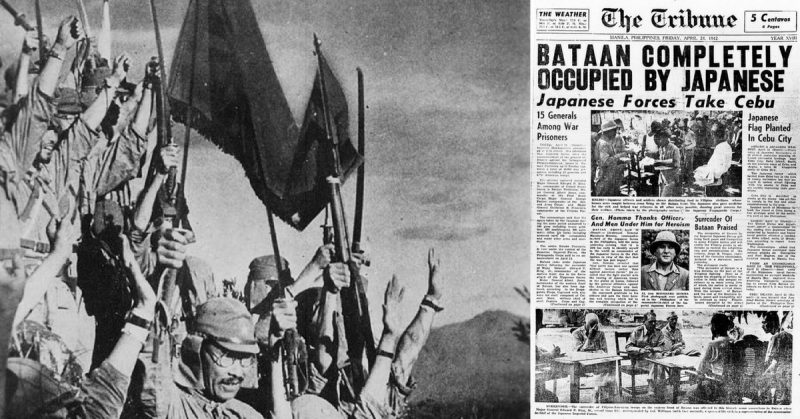April 3, 1942 – The day when Japanese troops staged its final attack against the Allied forces camped in Bataan, the peninsula which guarded Manila Bay. Its taking was vital. At that time, the Philippines was the last bulwark of the Allies in the Western Pacific.
Offensive/Defensive
Only nine hours after the Japanese attacked Pearl Harbor, December 8 saw a surprise bombing raid by the Japanese on Clark Field, Luzon. And like the former, this attack was unexpected and came as a shock. It marked the start of the Japanese Imperial Army’s efforts to conquer the then American-governed Philippines.
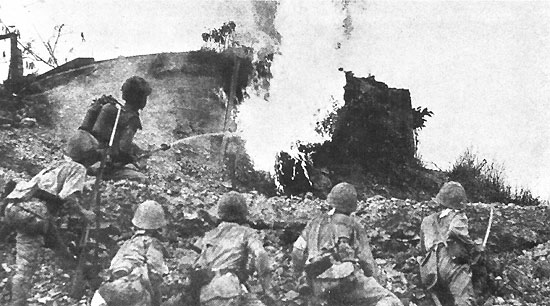
Initially, the Allies’ military plan for the Philippine’s defense against the enemies – code-named Orange – was for the soldiers to retreat to Bataan and hold their ground there until reinforcements from Hawaii, would come through. However, the heavy losses the Americans sustained in Clark Field and at Pearl Harbor made Orange, an impossible plan implement.
Seeing this, General Douglas MacArthur, USAFFE [US Armed Forces in the Far East] commander since July 1941, opted for a more daring defensive campaign — employing Filipino troops to stop the invading enemies as they landed on the beaches of Luzon. However, MacArthur underestimated the Japanese and overestimated the capabilities of the Filipino soldiers. The latter were under-trained and poorly led Moreover, the ammunition the local soldiers had dated back to the Great War. They were obsolete.
Retreat
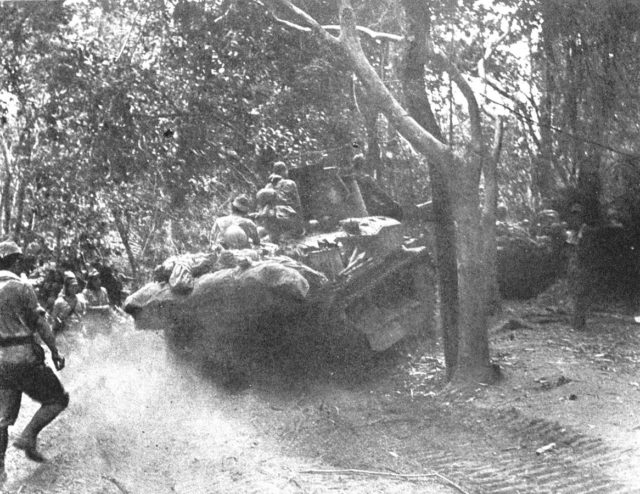
When MacArthur’s daring military strategy ended in dismal failure, he switched back to adopting plan Orange and sent all his troops to the safety of Bataan. He also moved USAFFE’s HQ to Corregidor Island. Unfortunately, the general’s bold beach campaign ended with the troops being left little supplies of food and ammo as most of these were dispersed for MacArthur’s failed plan only to be left behind after the soldiers fled in haste.
The Last Stand
In March 1942 and all the other territories within the Pacific and Southeast Asia had succumbed to the control of the Japanese Imperial Army. All except the Philippines particularly Bataan and Corregidor where General Douglas MacArthur and his men were stationed.
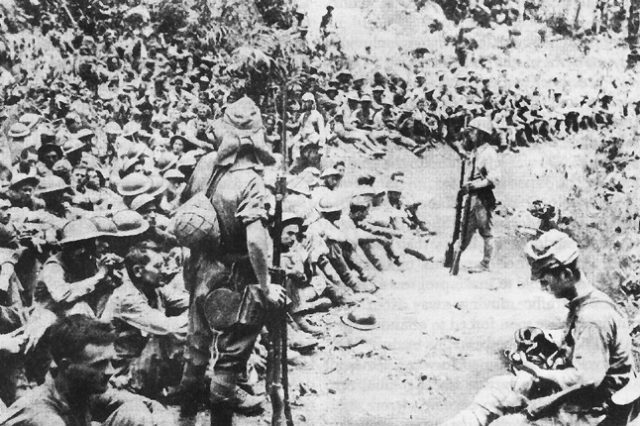
MacArthur had only visited Bataan from Corregidor once, throughout the fighting on January 10, 1942 and this made many Americans very disenchanted. While the Filipinos remained devoted to the general, MacArthur became the butt of the American soldiers’ cruel jokes. They sensed that with their chief gone, they could become “fodder to the enemies”.
That same month, though, MacArthur fled to Australia per order of then US President Franklin D. Roosevelt. Lt. Gen. Jonathan Wainwright was made the commander of USAFFE and was given command of Corregidor. Maj. Gen. Edward P. King Jr. was put in command over the Bataan troops.
The Sad End
While the Allied troops in Bataan – comprised mainly of Filipino soldiers – fought bravely against the Japanese under the leadership of Maj. Gen. King, they were no match for the enemies. They were suffering from starvation, brought about by halved rations and plagued by various tropical diseases. In contrast, well-rested, fresh and heavily reinforced Japanese troops came rolling in April 3, 1942, a Good Friday. That fateful day, the enemies started attacking Bataan’s weakening defense line.
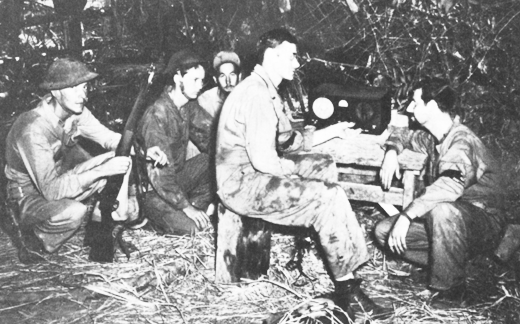
April 4, Gen. MacArthur, safe in Australia – sent word saying that the best time to attack the Japanese was when food and supplies ran out completely. Prior to this, Wainwright assured President Roosevelt that Bataan would continue to fight “as long as an American soldier or an ounce of food and a round of ammunition remains”. These were both unrealistic statements and not based on any proper assessment of the Allied forces in the Philipines.
April 7, Wainwright sent King the order to counterattack. Incredulously, King sent his chief of staff to Corregidor to confirm it. Didn’t Wainwright realize that they’re depleted of supplies? Didn’t he know that 20,000 of his soldiers were either sick of malaria, beri-beri and dysentery [among many other illnesses that plagued them] or wounded?
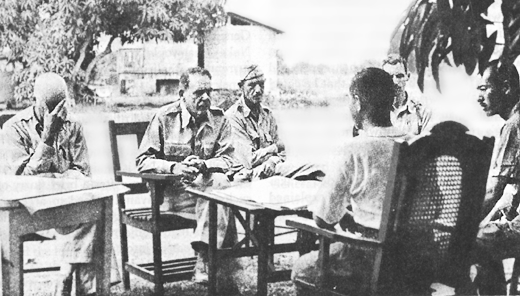
“I understand the situation. God help you all over there. I have done all I can,” was the general’s response along with a repeat of his earlier order.
So, King fought along with what was left of his fighting force.
April 8 was described as the ghastliest during the battle. The Allies were shattered by the enemy, strafed and bombed on every side. Seeing his troops’ sad plight, King made the difficult decision to surrender. He took sole responsibility of it knowing that it was against the orders of Wainwright and MacArthur himself. But he believed it was better to see the soldiers under him imprisoned by the Japanese than see them, starving, ill and killed in the battle.
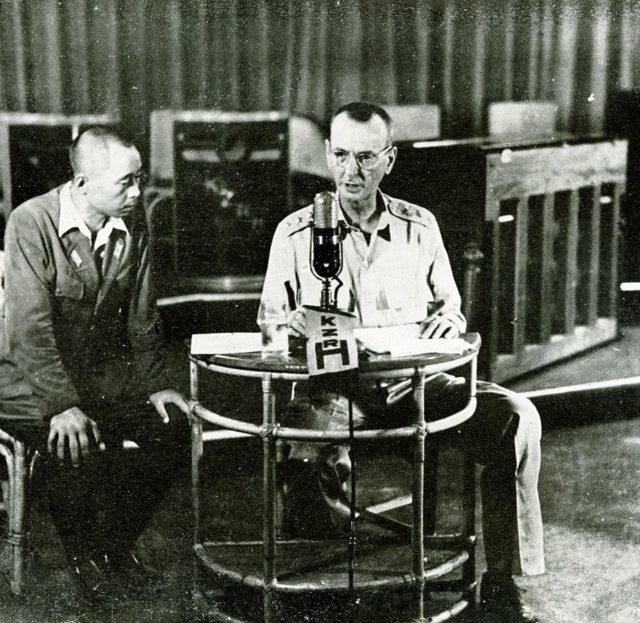
The surrender of the USAFFE in Bataan six days later after the Japanese Army launched its last attack marked two milestones:
Milestone Number 1: It marked the surrender of the largest number of US soldiers in the history of the US Military.
Milestone Number 2: It led to one of the most atrocious events in the world’s history of war — the Bataan Death March.
Enraged by the long fight the Bataan troops put up against them resulting to massive losses in people and supplies as well as causing a significant delay to their timetable, the Japanese vented their anger on their sickly and starved Allied POW’s subjecting them to various cruelties during the Bataan Death March, as well as during their internment in Japanese prison camps.
Three days short of a month after the fall of Bataan, on May 6, Corregidor – America’s last stand in the Pacific – surrendered. Both Wainwright and King became POWs and endured all the hardships the Japanese military imposed on them until WWII ended in 1945.
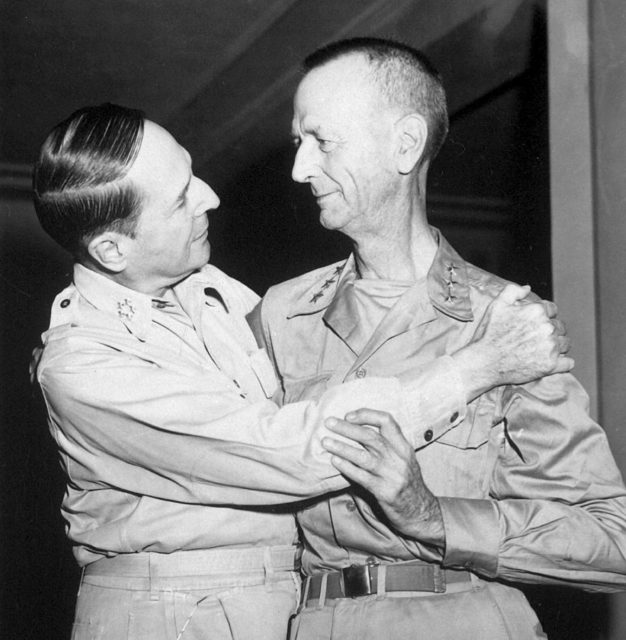
Both commanders expected to be court-martial-ed after their release from the hands of the Japanese. They did disobey direct orders given to them telling them to fight until the end. However, they returned home to a great welcome and honored as WWII heroes.
